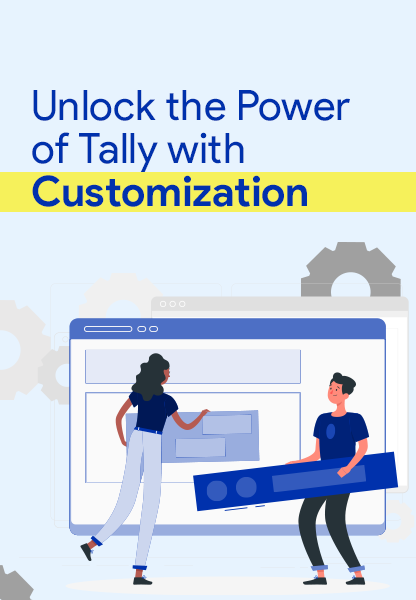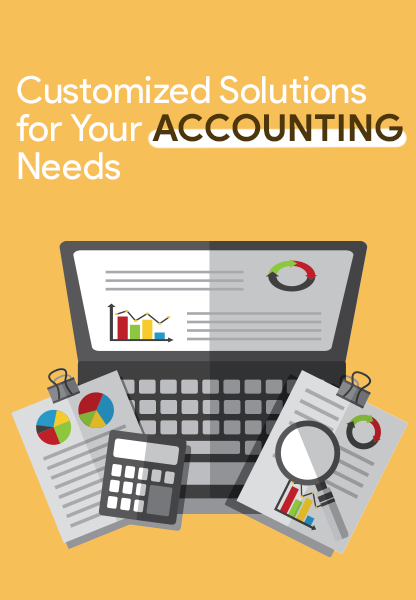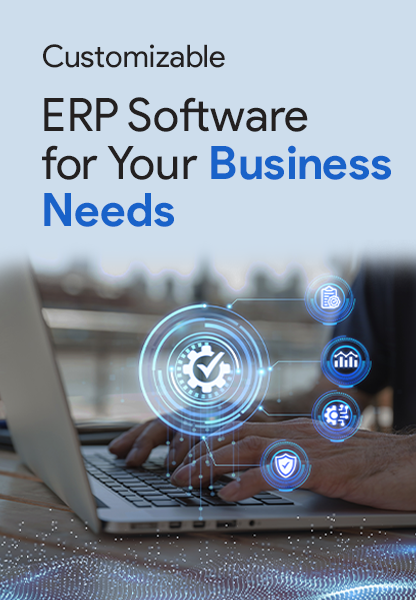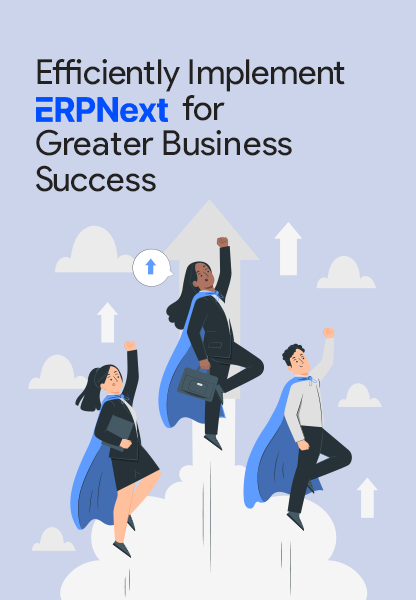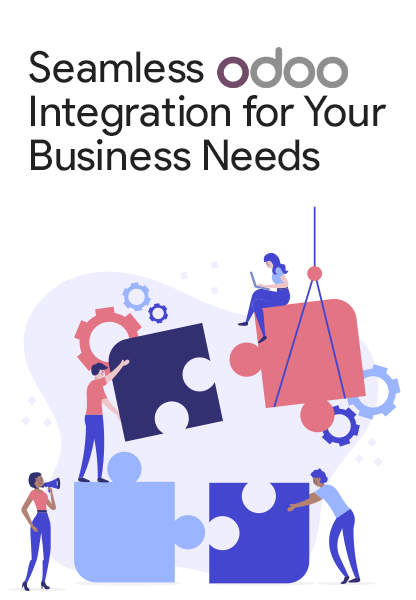
How To Buy ERP Software In 7 Easy Steps?
ERP Software In 7 Easy Steps
Enterprise Resource Planning (ERP) software plays a crucial role in streamlining and integrating various business processes. Whether you're a small business or a large enterprise, selecting the right ERP software is a critical decision. In this blog post, we will walk you through seven easy steps to guide you in buying ERP software that best fits your organization's needs.
Step 1:
Assess Your Business Requirements Start by understanding your organization's specific needs and pain points. Identify the core processes that need improvement and determine the functionalities and features that are crucial for your operations. This step will help you create a clear vision of the desired outcomes from implementing ERP software.
Step 2:
Define a Budget Establishing a realistic budget is essential. Consider the long-term costs, including software licenses, implementation, training, and ongoing support. Evaluate the return on investment (ROI) you expect from the ERP software to justify the expenditure.
Step 3:
Research ERP Vendors Conduct thorough research to identify reputable ERP vendors that offer solutions aligned with your requirements. Consider factors such as industry specialization, scalability, customer reviews, and the vendor's track record. Create a shortlist of potential vendors that seem to be a good fit for your organization.
Step 4:
Request Demos and Evaluate Functionality Reach out to the shortlisted ERP vendors and schedule product demos. During the demos, pay attention to the software's usability, customization options, integration capabilities, reporting and analytics features, and mobile accessibility. Involve key stakeholders in the evaluation process to gather diverse perspectives.
Step 5:
Check References and Customer Support Ask the ERP vendors for references from existing clients. Contact these references to gain insights into their experiences with the software and the vendor's customer support. Evaluate the vendor's responsiveness, reliability, and willingness to address any concerns or issues that may arise during the implementation process.
Step 6:
Review Implementation Process and Timeline Understand the implementation process and timeline proposed by each ERP vendor. Discuss the required resources from your end, such as data migration, employee training, and system configuration. Evaluate how well the vendor's implementation plan aligns with your organization's capabilities and availability.
Step 7:
Finalize the Decision After carefully considering all the factors, it's time to make the final decision. Review the proposals, pricing models, contractual terms, and any additional services offered. Consider negotiating the pricing and contract terms to ensure a favorable agreement. Once you have made your choice, communicate your decision to the selected vendor and proceed with the necessary steps to finalize the purchase.
Best Top 10 ERP Software in Dubai – 2023 Latest Edition
Conclusion:
Purchasing ERP software requires careful planning and evaluation. By following these seven easy steps, you can streamline the buying process and increase the likelihood of selecting the right ERP software for your organization. Remember to prioritize your business requirements, consider the long-term costs, and thoroughly evaluate ERP vendors before making your final decision. Emeralds ERP Software is a well-chosen ERP solution can significantly improve your business operations and pave the way for future growth and success.



